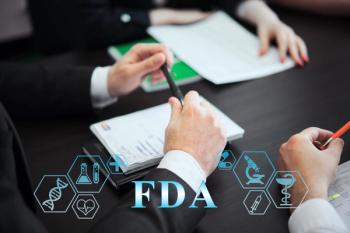
Understanding the Current State of M&A: Q&A with Cheryl Reicin
As the second half of 2024 begins, an industry expert discusses how mergers and acquisitions are trending in the pharma industry.
After a post-pandemic slow down, the pharma industry saw a return of mergers and acquisitions (M&A) late last year and early this year. Cheryl Reicin, international chair of life sciences at Mintz, spoke with Pharmaceutical Executive about the current trends in the industry.
Pharmaceutical Executive: What’s sparked the recent surge in M&A in the life sciences industry?
Cheryl Reicin: Historically, in this industry, when the capital markets and venture capital are tight, as they have been in the last two years, companies need to look at earlier M&A and licensing deals (which are often precursors to M&A deals in this sector) as a matter of necessity, and as a result, pricing for such deals tend to tilt in favor of buyers. Also, big pharma blockbusters are facing patent cliffs, and therefore big pharma needs to fill up their pipeline going forward. Lastly, the big cash boom for the GLP-1 drugs has filled Eli Lilly and Novo Nordisk’s coffers with cash, and they want to make sure that their new No. 1 and 2 market caps status survives beyond the excitement of this one drug class. Both these companies have been particularly active.
PE: How are international companies handling the current funding environment?
Reicin: What happens in the US also occurs elsewhere, but more intensely. The big money for this sector is in the US. When the funding environment is hot and it’s a sellers’ market, US investors will look beyond US borders for deals. When the funding market is tight, there is less incentive to do so. I have recently spoken at conferences in Canada, Germany, Israel and Boston—all the companies (even in Boston) are concerned over the lack of funding sources. The non–US companies are increasingly considering doing a flip such that the parent company becomes a US company and the subsidiary is in their local country in order to be more desirable to US investors. Each company needs to carefully consider the pros and cons of doing a flip, as there are numerous considerations.
PE: What major policy shifts and regulatory changes are expected to come in the next year?
Reicin: The current administration and the Harris team are looking to introduce price controls for certain drugs. If implemented, this is likely to have a chilling effect on the development and investment in new therapeutics. The high cost of drugs is intended to compensate for the high cost of bringing an innovative drug to market, which includes the high costs of the many failures of drugs that do not reach the market. If the price of a drug is controlled, the upside to pharma is limited, and therefore the investment thesis for the development of new drugs can shift dramatically.
PE: What are the advantages to working with smaller buyers or partners in the current environment?
Reicin: In general, it is thought that smaller buyers or mergers of equals will allow for more flexibility and more active participation in the development of a product, as well as great influence in decision-making and/or management going forward. This must be evaluated on a case-by-case basis, as it all depends on the leverage of the parties in each negotiation and the availability of resources available for development going forward.
Newsletter
Lead with insight with the Pharmaceutical Executive newsletter, featuring strategic analysis, leadership trends, and market intelligence for biopharma decision-makers.





